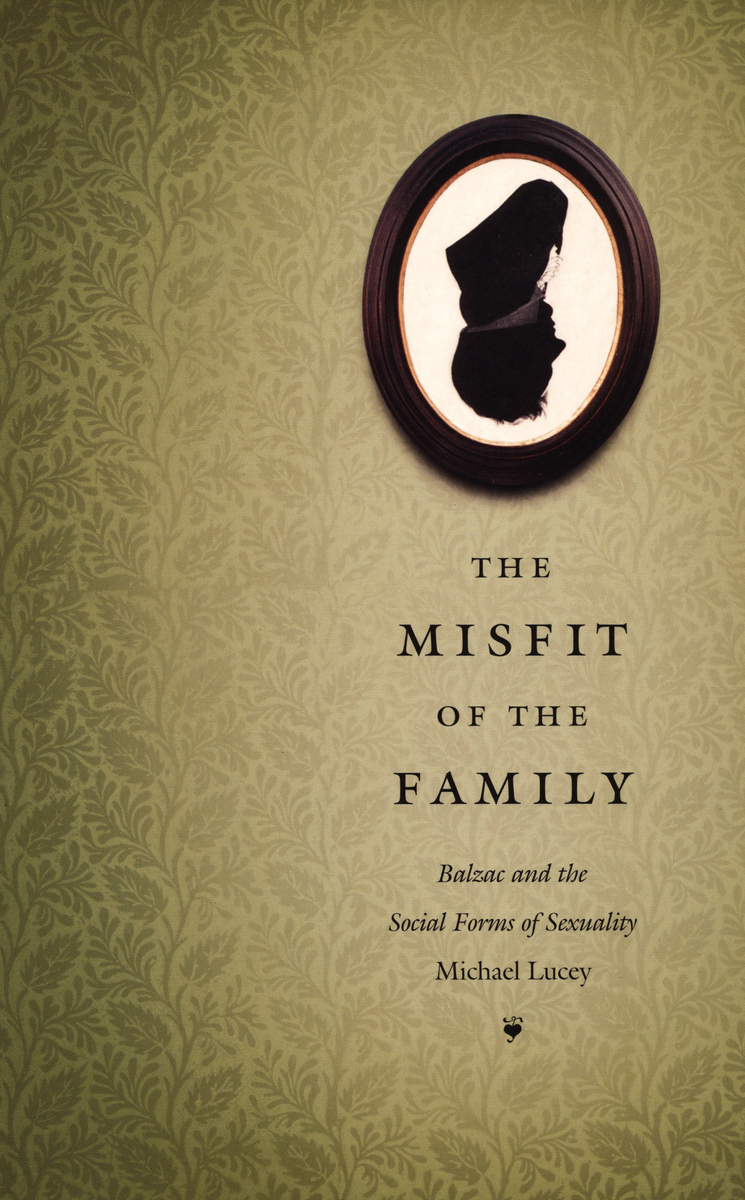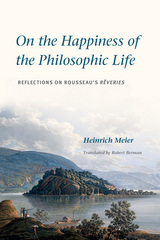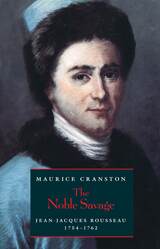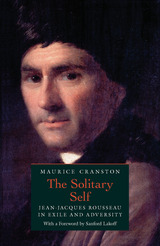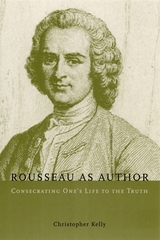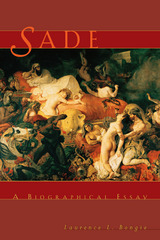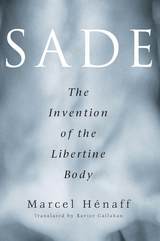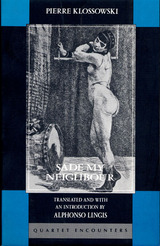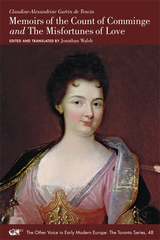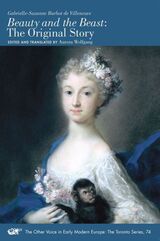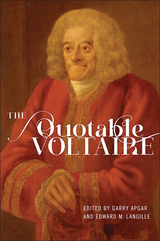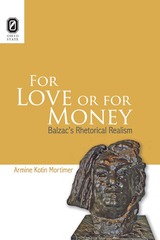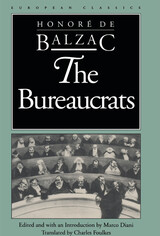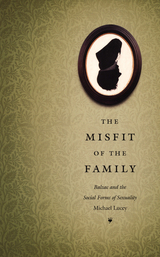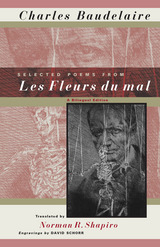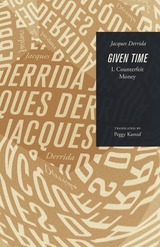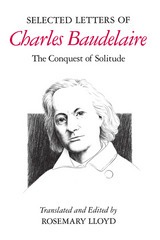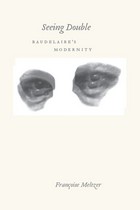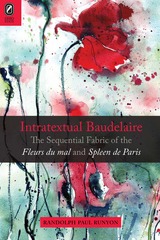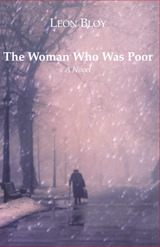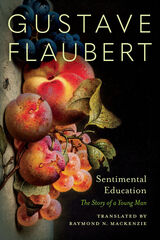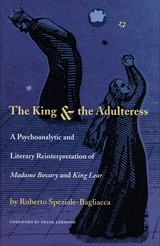eISBN: 978-0-8223-8516-5 | Cloth: 978-0-8223-3156-8 | Paper: 978-0-8223-3193-3
Library of Congress Classification PQ2184.E76L83 2003
Dewey Decimal Classification 843.7
The Misfit of the Family is a compelling argument that Balzac must be taken seriously as a major inventor and purveyor of new tools for analyzing connections between the sexual and the social. Lucey’s account of the novelist’s deployment of "sexual misfits" to impel a wide range of his most canonical works—Cousin Pons, Cousin Bette, Eugenie Grandet, Lost Illusions, The Girl with the Golden Eyes—demonstrates how even the flexible umbrella term "queer" barely covers the enormous diversity of erotic and social behaviors of his characters. Lucey draws on the thinking of Michel Foucault and Pierre Bourdieu and engages the work of critics of nineteenth-century French fiction, including Naomi Schor, D. A. Miller, Franco Moretti, and others. His reflections on Proust as Balzac’s most cannily attentive reader suggest how the lines of social and erotic force he locates in Balzac’s work continued to manifest themselves in twentieth-century writing and society.
See other books on: Barale, Michèle Aina | Goldberg, Jonathan | Human Sexuality | Moon, Michael | Sex in literature
See other titles from Duke University Press
